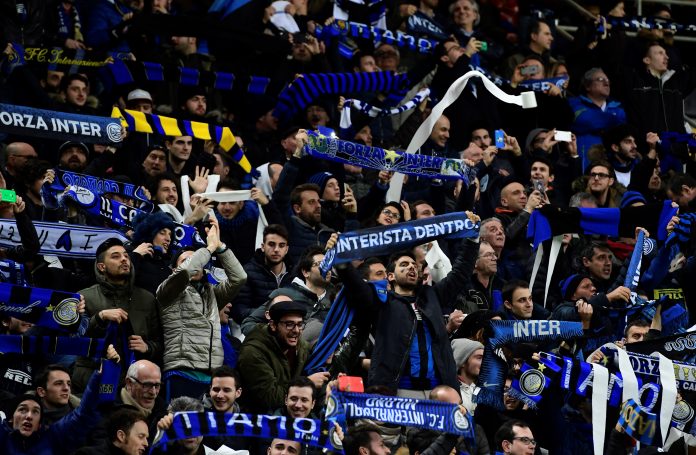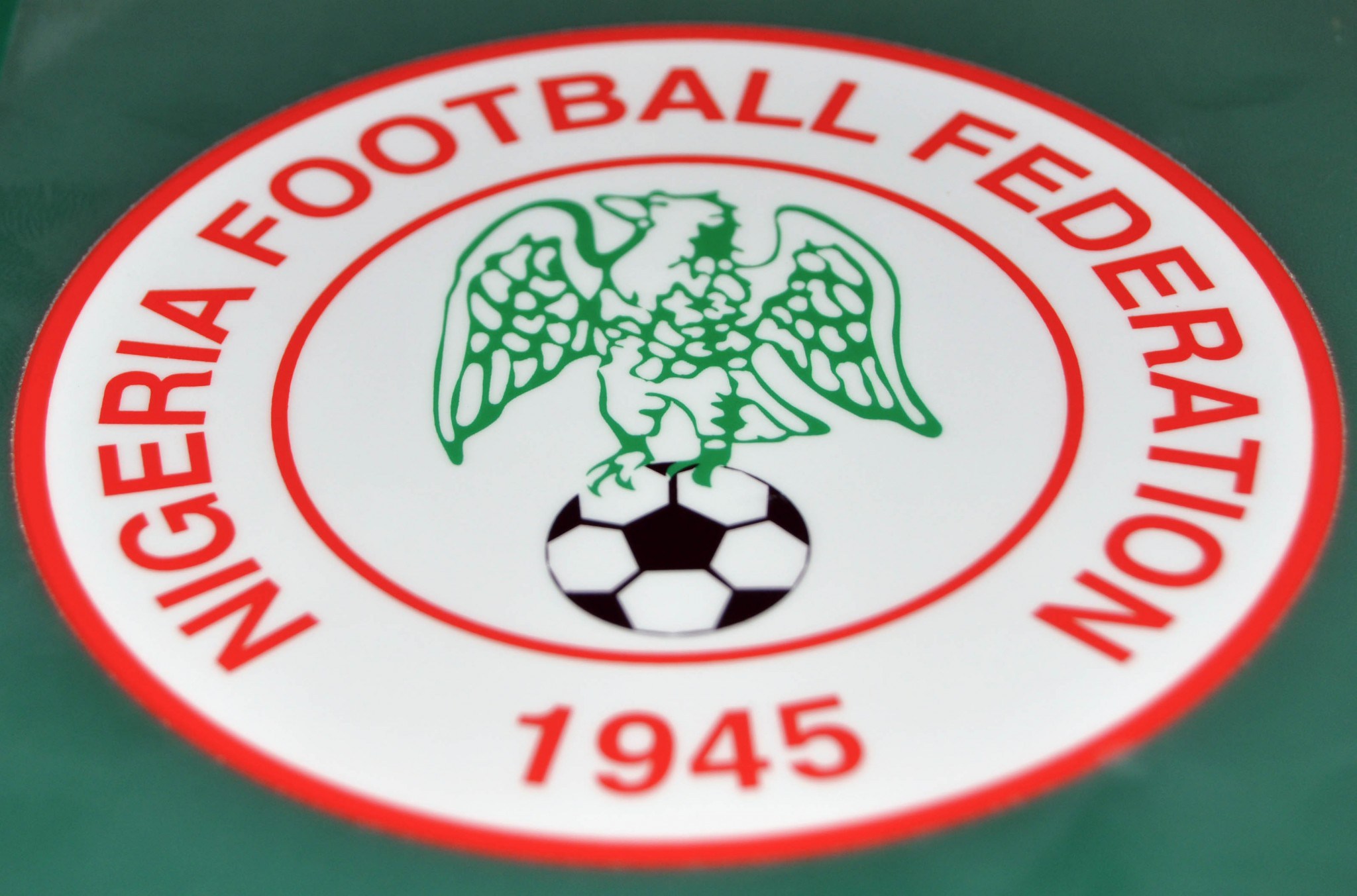
Finally, after months of agonising over whether we’d ever see a return of football, it’s official football is back!
These are certainly unsettling times with the coronavirus pandemic far from over and gripping racial tensions in the US casting a pall over the world, the return of football couldn’t have been better timed.
Of course, the sport returns fundamentally altered and not as we’ve always known it.
Empty stadiums, mask-wearing officials and substitutes, social distancing protocols that will see players refrain from shaking hands or swapping shirts are some of the more unfamiliar things viewers will have to get used to.
Additionally, FIFA has introduced a temporary measure that will see teams allowed up to five substitutions each to help deal with the deluge of games.
More importantly, though, punters can look forward to a variety of games to punt on. Hurray!
Germany’s Bundesliga is already up and running and the only one of the big five leagues to have resumed.
The English Premier League is set to return on 17 June, the Italian Serie A will resume three days later while La Liga is set to kick off on Thursday, 11 June.
Across Europe, Portugal’s Primera Liga kicks off today, Wednesday,3 June.
With 10 rounds of matches to play, the Primera Liga will offer its fans a feast of summer football when it returns with leaders Porto away to Famalicao and second-placed Benfica at home to Tondela the following day.
To televise as many games as possible, each round of matches will be played over four to six days with one rest day in between.
Some teams will not be able to play at home as the government’s DGS health directorate has judged that their stadiums are not suitable for the strict health measures which have to be put in place.
While conditions may be unusual, the championship itself has an all-too-familiar feel, having turned into a two-horse race between Porto and Benfica who are separated by one point.
The Portuguese topflight joins Denmark, Poland, Serbia, Austria, Croatia and Ukraine as countries which will again be able to enjoy league football.
Hungary, Czech Republic, Estonia and the Faroe Islands have all already resumed competitive action.
As stated earlier, there will be no spectators allowed at games across all European leagues.
The leagues, which have been exchanging information, will use similar health precautions which include regular testing of players, a limit of around 300 people allowed in the stadium and bans on pre-match handshakes, mascots and team photographs.
However, leagues are taking different approaches to the dilemma of livening up empty stadiums with Denmark the most creative.
The Superliga which restarted last Thursday had third-placed AGF Aarhus hosting Randers in front of a “virtual grandstand” of screens which transmitted images of watching fans via the digital platform Zoom.
Meanwhile, leaders Midtjylland hosted Horsens on Monday in a drive-in cinema with space for 2,000 cars outside their MCH Arena.
The biggest setback has been in Austria where league leaders LSK Linz were docked six points after they admitted to breaking coronavirus rules by prematurely resuming full training sessions.
Linz saw their three-point lead disappear in a significant blow to their hopes of denying new leaders Salzburg a seventh successive title.
Poland’s Ekstraklasa, with 11 rounds of matches to play, restarted last Friday alongside Serbia’s SuperLig.
The Ukraine Premier League got underway with three matches on Saturday while Croatia’s First League restarts on May 5.











